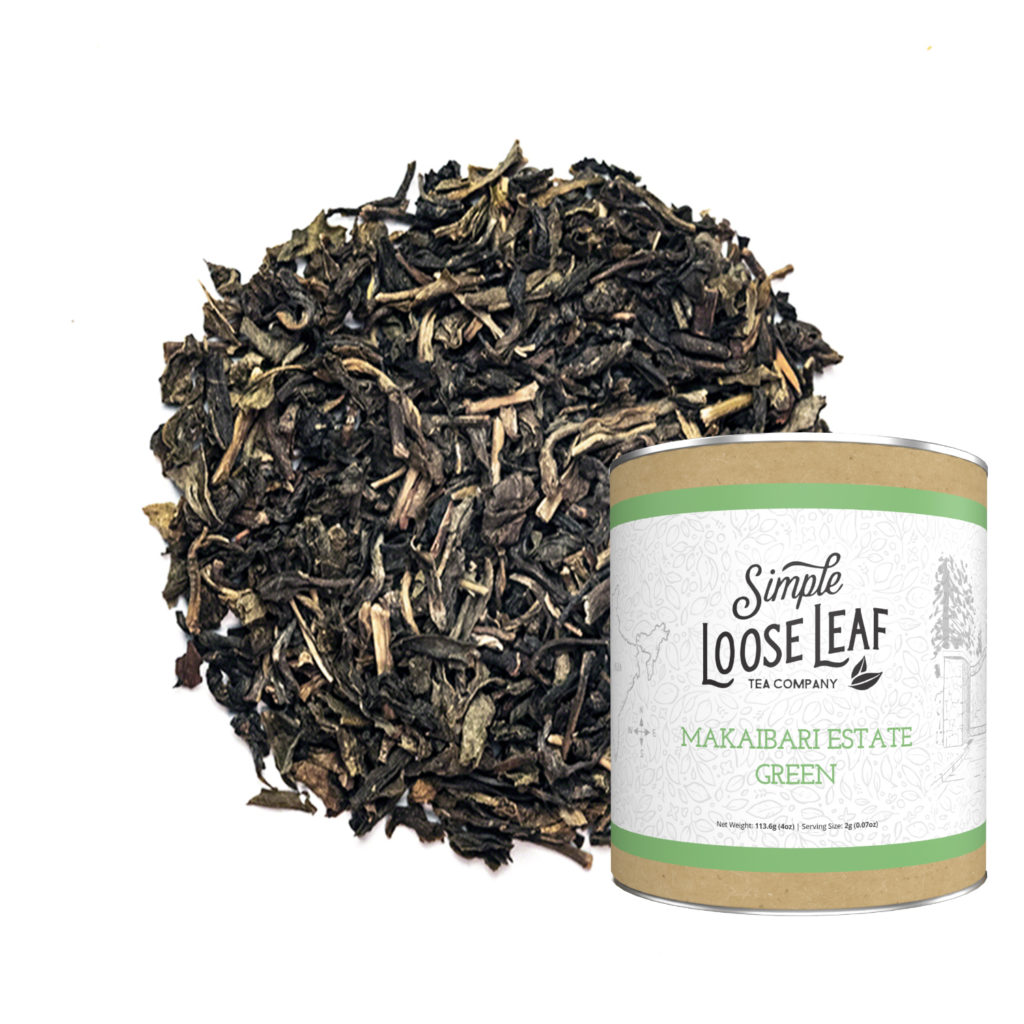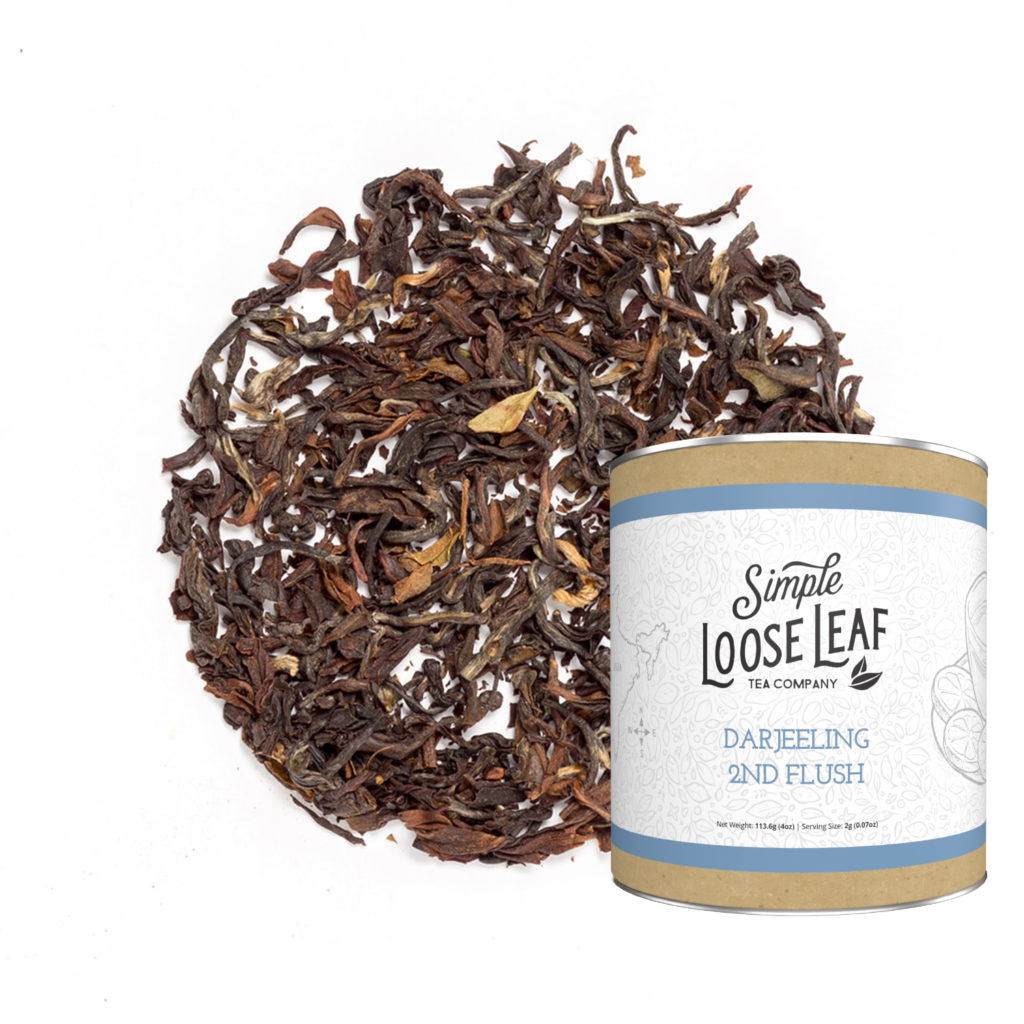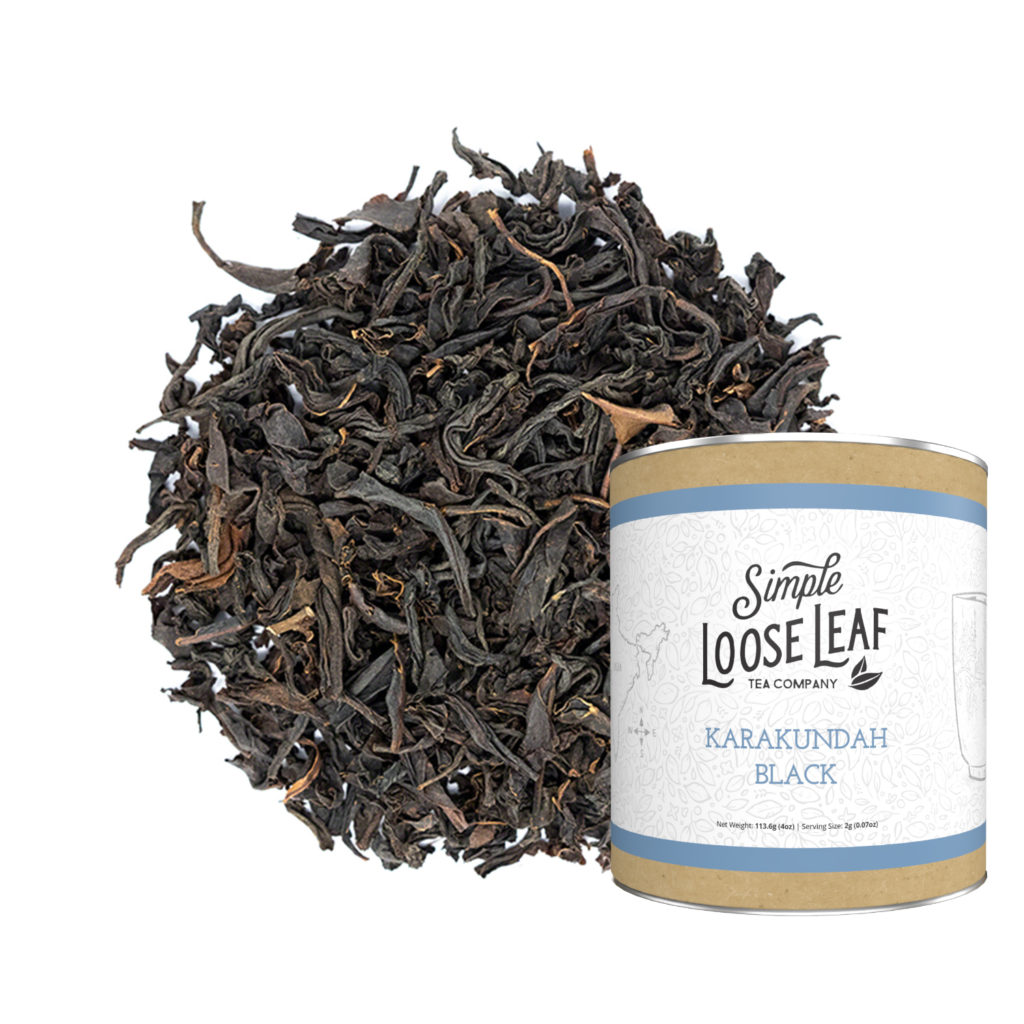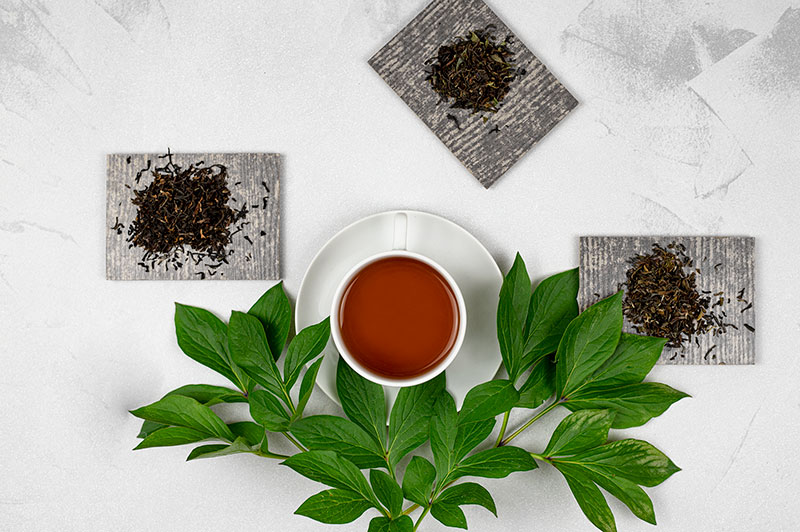Best Teas from Indian Tea Regions
What would mornings be without an Indian tea? But, strong and malty Assam, and unique and muscatel Darjeeling are not the only teas that come from India’s tea gardens.
India is the second biggest tea producer in the world, right after China. Indian tea is still a mystery, and usually divided into only two generic groups – Assam and Darjeeling. But, India has much more to offer. There are many exquisite teas, from many other regions as well.
What is Indian tea?
Until the introduction of artisanal specialty tea from smaller Indian tea producers, Indian tea was sometimes used as a generic name for a strong Assam, usually in tea bags. Until recently India was known almost exclusively for black tea. If there were other tea types produced on smaller farms, they didn’t reach the western market. However, in the last decade or so, green, oolong and white loose leaf tea from India can compete with some of the most exclusive green, oolong and white teas from other countries.
Today, the word Indian tea is rarely enough to satisfy the curiosity of tea lovers. Types, estates and harvests matter more than ever if you want to understand the complexity and beauty of Indian teas.
Indian tea history
India is one of the biggest tea producers in the world. However, tea production started only about 200 years ago. The first to plant the tea were – the British. The first attempt at cultivation happened some 50 years before, but it was unsuccessful. In the 1820s Robert Bruce discovered the native tea plant and made tea growing and production became possible on a larger scale. The first plant was discovered in the Upper Brahmaputra Valley in Assam[1]. We know this plant under the name Camellia sinensis var Assamica.
Today, India is a country with dozens of thousands of tea gardens. Interestingly, the habit of drinking Indian tea is still very strong in the west, much stronger than indulging in a cup of intriguing Indian green tea.
What types of tea is India producing?
Tea in India is made from two tea varieties – Camellia sinensis var sinensis and Camellia sinensis var assamica. The latter one is an indigenous to Assam. It’s the main tea plant used for making strong and robust black tea. However, Assamica can be used for other teas too.
In 2019, India produced almost 1390 million kilograms of tea[2]. Indian Tea Organisation reported that in 1938, that number was only 203 million kilogram, and about 75% was exported. If we go back even further to 1885, that number was only 32444 tonnes[3]. However, today, the numbers are different. Only about 20% of Indian tea leaves the country, making India not only the biggest tea producer, but a country with a strong domestic tea culture. The most popular tea? Chai, made with strong black tea, milk and sugar.
What are the most important tea regions in India?
Indian Assam and Darjeeling tea are well known around the world. But India has many other tea producing regions. Black tea is still the most important tea type, but each of them has a special character that depends on a terroir. For example, the tropical monsoon climate in Assam gives a different flavor profile than cooler subtropical highland climate of Darjeeling. Assam teas are stronger, malty, and dark, while Darjeeling has much lighter muscatel and floral notes.
Interesting fact: One of the first tea estates in Darjeeling, Makaibari tea estate was the home of the first tea factory in India[4].

Green tea from Makaibari Tea Estate
Assam
More than half of all Indian tea is produced in Assam and it was the home of the first Indian tea plantation dating back to the early 19th centruy. In 2019, Assam produced almost 716 millions kilograms of tea[5]. Today Assam is home to 803 tea estates[6], while the total number of all tea estates and small gardens is 49102[7]. Whole life would not be enough to try all teas from Assam. Tea from Assam is described as malty, strong and full bodied. Different types may have different notes – from chocolate to tobacco. Although the most teas from Assam have broken leaves suitable for infusion into a strong cup of tea, full unbroken types are surprisingly gentle. They look beautiful too, with big leaves typical for the assamica tea plant.
Darjeeling
Some of the world’s best black teas come from the Darjeeling area in the state of West Bengal. Tea production in Darjeeling is much lower, with only about 1 million kilograms per year, produced by 87 different tea gardens[8]. However, although the output is low, Darjeeling tea is renowned world—wide. Light and floral, with muscatel notes and a refreshing character, this tea is unlike any other black tea in the world. Compared to Assam, Darjeeling tea has small buds and leaves.

Darjeeling 2nd flush black tea
Nilgiri
Nilgiri, a tea in the shadow of Assam and Darjeeling tea, is often included in many black tea blends. In fact, Nilgiri is the third biggest tea producing area in India, right after Assam and Dooars-Terai. Studies showed that Nilgiri is lower in caffeine than Assam, or even Darjeeling, but has much higher levels of manganese and cooper[9]. It’s lighter in flavor, but still full bodied, with flowery notes and copper color.

Karakundah black tea from Nilgiri
Sikkim
The state of Sikkim lies right next to the West Bengal and the city of Darjeeling. Teas too, have a lot of resemblance to Darjeeling teas, both in appearance and flavor. First flush is more floral, and has green-brown leaves with visible buds, while the second one will be more toasty. Tea production in Sikkim started only 50 years ago, on the Temi Tea Estate[10].
Karnataka
Although Karnataka state is producing mostly coffee, with around 9 million kilograms per year, tea is an important product too. The most popular tea may be Kelagur tea, from the Kelagur tea estate.
Kangra
Kangra in Himachal Pradesh state produces tea of the similar flavor to Darjeeling, but for a stronger, daily cup of tea. Being norther on the map, Kangra was suitable for planting Chinese tea plants[11] with smaller tea buds and leaves and more delicate and fruity flavor than Assam tea. Kangra is one of the smallest Indian tea producing areas, smaller even than Darjeeling.
Munnar
Munnar in Kerala is another important Indian tea area, and an old one too. Placed on high altitudes, Munnar has a lot to offer in terms of freshness, briskness and flavor. In fact, some of the highest tea fields in the world can be found in this area[12].
Dooars and Terai
Second largest tea producing area in India. Dooars is popular for the CTC style, commonly used in making Indian Chai tea. CTC or cut-tear-curl is a type of tea that looks like small pellets and infuses into a strong brew.
What about Chai?
Chai is one of the most popular milk teas in the world. However, chai is not a tea type. It’s a drink made with black tea leaves, milk and sugar. Spiced chai is called Masala Chai and it can contain ginger, cinnamon sticks, green cardamom pods, black pepper, star anise, cloves and other spices. Chai is usually made with broken leaves that give a strong infusion suitable for mixing with a lot of milk and sugar. Another great type of tea for making Chai is black CTC tea. It’s sold on the streets of India by chai wallahs – chai vendors.
Find homemade Chai recipes here.
Disclaimer: This article is for informational purposes only. It’s not intended to replace medical advice, diagnosis or treatment. Every person is different and may react to different herbs and teas differently. Never use teas or herbs to treat serious medical conditions on your own. Always seek professional medical advice before choosing home remedies.
References:
[1] https://www.indiatea.org/history_of_indian_tea
[2] https://af.reuters.com/article/kenyaNews/idAFL4N29X1XE
[3] https://shodhganga.inflibnet.ac.in/bitstream/10603/137485/8/08_chapter_03.pdf
[4] http://www.makaibari.com/en/about-makaibari-organic-tea/makaibari-history.aspx
[5] https://af.reuters.com/article/kenyaNews/idAFL4N29X1XE
[6] https://ttwd.assam.gov.in/frontimpotentdata/list-of-tea-garden-at-assam
[7] https://des.assam.gov.in/portlets/industrial-statistics
[8] https://www.darjeeling-tourism.com/darj_0000bf.htm
[9] https://onlinelibrary.wiley.com/doi/abs/10.1002/jsfa.2740620202
[10] http://www.teaboard.gov.in/TEABOARDCSM/MjIwOQ==




